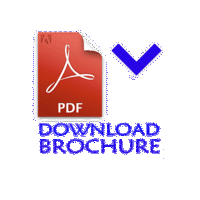
Daniela Andrei
Dominican University, USA
Title: Diazeniumdiolates as HNO/NO donors: Synthesis and biological activity
Biography
Biography: Daniela Andrei
Abstract
Diazeniumdiolate ions, also known as NONOates, are extensively used in biochemical, physiological and pharmacological studies due to their ability to slowly release nitric oxide (NO.) and/or their congeneric nitroxyl (HNO) (Fig 1). NONOates of secondary amines have traditionally been used as NO donors and have become the standard for NO donating compounds in chemistry and biology. However, primary amine diazeniumdiolates have been less studied, and essentially IPA/NO and a few alicyclic amine diazeniumdiolates are the only representatives of this class of compounds. The purpose of this work was to synthesize a series of primary amine-based diazeniumdiolates as HNO donors and to determine their efficacy as anticancer and antifungal agents in vivo. Our compounds demonstrated a reduction in proliferation of ovarian and AML cancer cells. Similarly, they have also demonstrated some antifungal activity against various strains of Fusarium. We also used mouse RAW and human THP-1 macrophages cell line to test the compounds for anti- or pro-inflammatory properties, if any. To this end, we determined the impact of individual molecules on the LPS-induced M1 polarization and IL-4-induced M2 polarization, independently. We employed qRT-PCR and flow cytometry techniques to measure M1 and M2 phenotype after treatment with LPS or IL-4, respectively, in the absence or presence of our compounds. In order to gain an insight into the mechanism of action, we simultaneously quantified IEX-1 mRNA expression levels in response to treatment with different doses of compounds. In conclusion, the synthesis and the biological activity of these compounds are going to be discussed in detail during the presentation.

